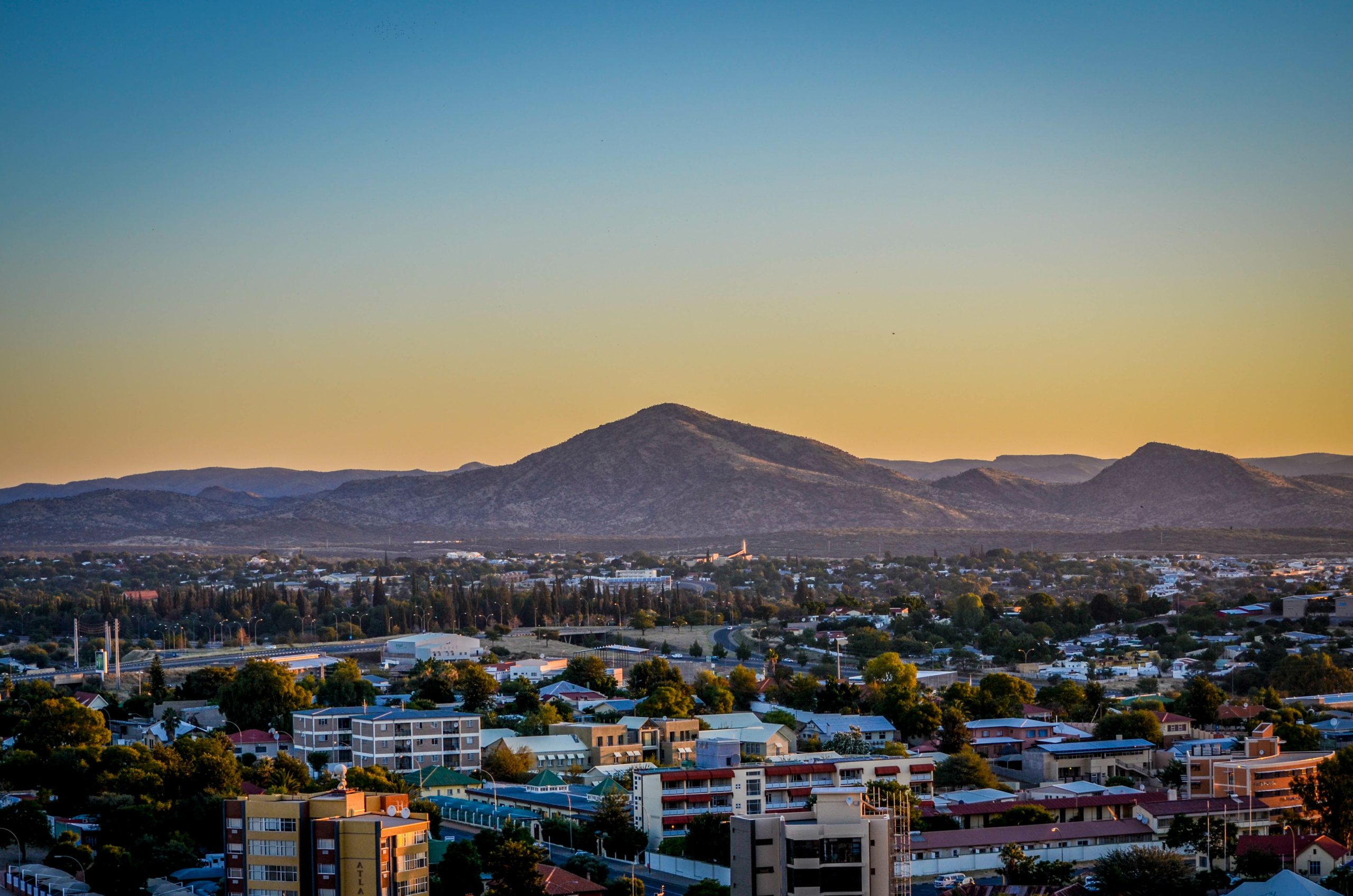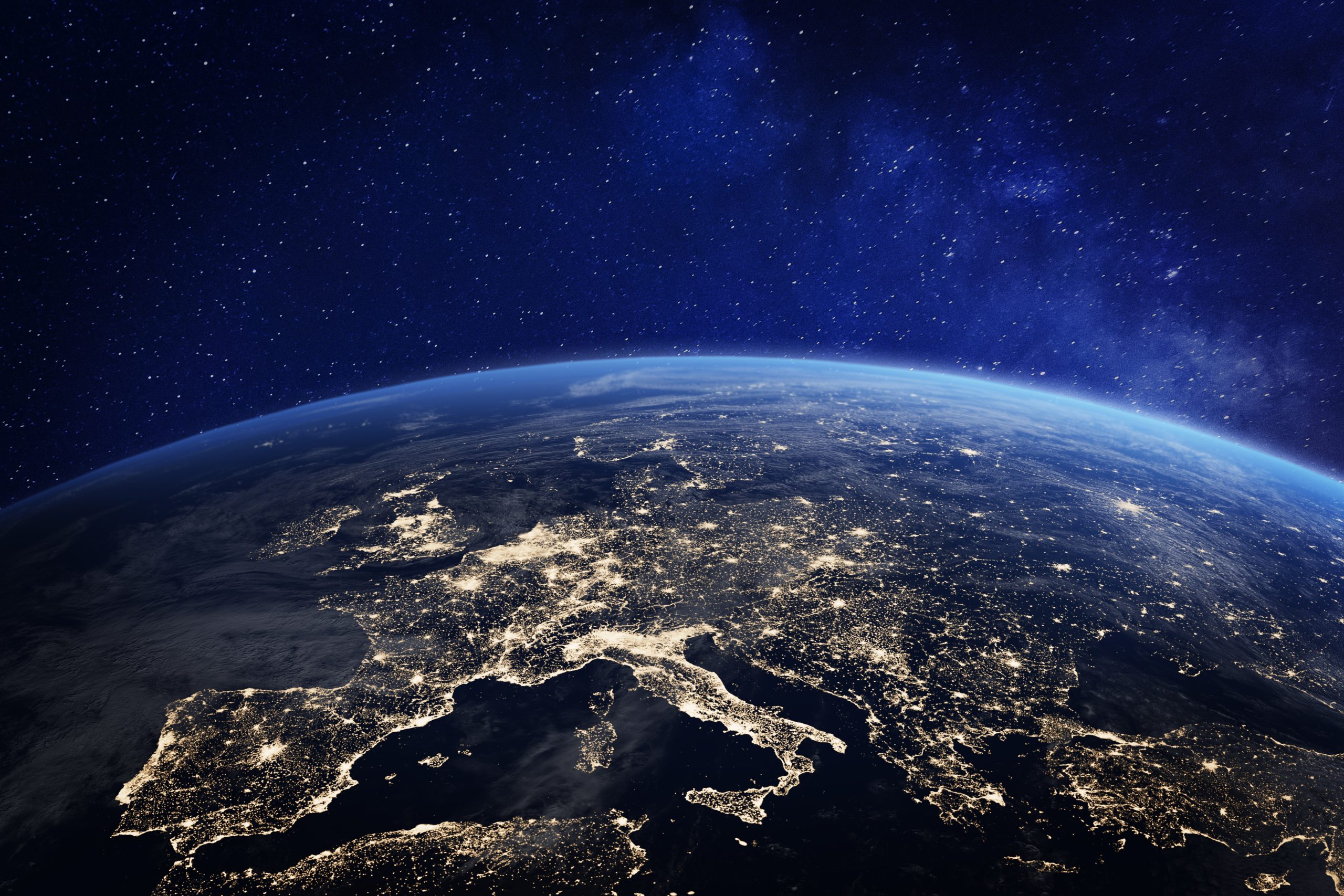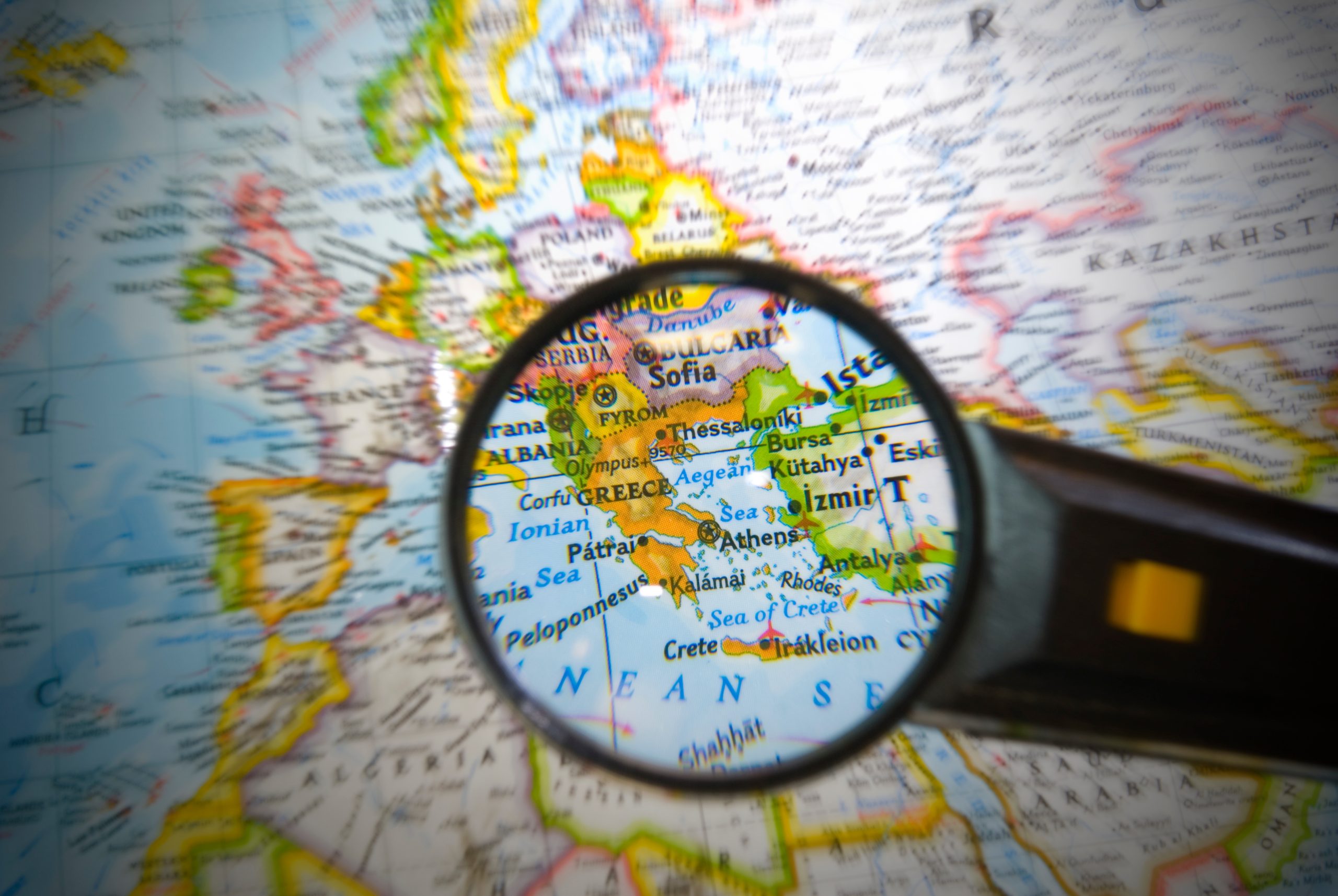Behemoth Emerges As Daures Hydrogen Village Gains Traction

On the fringes of the desolate Dorob National Park in the heart of an isolated Namibian landscape, the first phase of a semi-industrial hydrogen dream is taking shape. The ambitious dream aims to produce about 18 tonnes of green hydrogen and 100 tonnes of green ammonia towards the end of this year.
A New Green Hydrogen Industrial Complex
This dream is emerging in an isolated corner of the Erongo region, strewn with barren geological formations and resilient Welwitschia plants on a site selected for promising renewable factors, wind and solar to produce a green hydrogen industrial complex.
The highly complicated process to convert borehole water into hydrogen is gradually taking shape on 300 hectares out of an available 15 000 hectares of land in the arid Daures constituency. Already erected at the secluded site are rows of solar panels, wind turbines, electrical and water pumping infrastructure, as well as massive greenhouses, two-bedroom staff quarters and administrative offices.
This progress, alone, is awe-inspiring, considering the isolation of the site. Progress seems to be gaining momentum here on the periphery of a national park, where the closest sign of any civilisation is at least a 100km away. The aim of the project is to develop Africa’s first green hydrogen village on a semi-industrial scale, showcasing a green circular economy and green industrialisation.
Different Phases Of The Project
The objective is to grow about 400 tonnes of green tomatoes during the pilot phase, and to eventually manufacture and export up to one million tonnes of green ammonia, using 5.5 GW of hybrid energy by 2030 when the project culminates in the fourth phase. In the meantime, the first two phases entail the production of green hydrogen and ammonia as an efficient resource for nitrogen fertilisers in its greenhouse and green schemes.
Phases three and four entail industrial-level green hydrogen and ammonia production for local consumption, as well as for international export.
Jerome Namaseb, CEO of Daures Green Hydrogen Village Next, said that to date, 12.2m euro (about N$250 million) has been invested into the project. What is next, is to now get the facility ready to commence production, and to launch the complex.
“We intend commencing with our pre-FEED and FEED studies for a 5.4 GW facility that can produce 191 000 tonnes of green hydrogen, and one million tonnes of green ammonia. This is subject to fundraising, and will be determined by how fast we can do that,” Namaseb told New Era.
He added that initial feasibility studies indicate the project will be able to deliver green ammonia at the port of Rotterdam in the Netherlands at a competitive market rate.
Project Participants
The original and state-of-the-art greenhouse implementation is being done on the site by Vegtech Netafim, a southern African market leader in undercover growing solutions, specialising in turnkey greenhouse projects.
Labour and equipment for the green site is being provided by the Nexus group, one of Namibia’s leading building and civil construction entities.
The main stakeholders of the Green Hydrogen Village project recently paid a courtesy call on President Nangolo Mbumba at State House. These stakeholders included chief Sagarias Seibeb of Daure Daman Traditional Authority.
Moreover, Namaseb emphasised the importance of local community involvement, specifically through the Daure Daman Traditional Authority and Tsiseb Conservancy. As of November 2023, the project is reported to have employed more than 200 Namibians from more than 23 small and medium-sized enterprises, a portion of which are in the surrounding communities.

